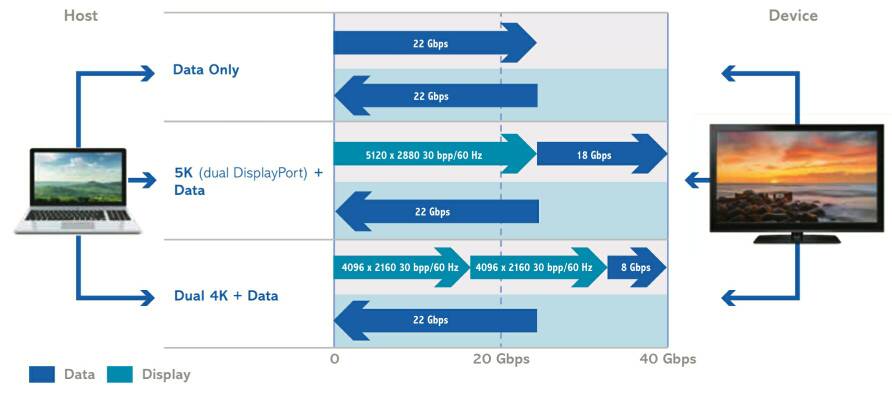Very little of this is true. You can daisy chain peripherals in a 5k over thunderbolt 3 setup. You simply are limited to the bandwidth left over after the two displayport 1.2 streams. I suggest you read this before you keep saying things over and over that are not true.
If the retina display is implemented with thunderbolt 3 and displayport 1.2 with MST there is no reason skylake Iris Pro based graphics can't drive it. They support 3 displayport 1.2 streams. This means a skylake based mac could drive a 5k and a 4k display.
My opinion is that Apple will release a retina thunderbolt display that is 27" at 5k. It will be driven via dual displayport 1.2 streams over thunderbolt 3. There was a time a couple years ago that macs did not work very well with MST setups but support has improved. I bet its partially driven by the release of the iMac 5k (which uses a proprietary MST like setup) and the pending release of the external display. For instance any mac with external graphics (including the 15" macbook pro w/AMD) supports the Dell 5k display using 2 displayport cables.
Thanks stacc
After reading the details on how thunderbolt 3 handles data, now I figure that the 5K thunderbolt display its clearly possible if not imminent, according the pdf a 5K display leaves 18GBps of bandwidth available good enough for a full tb1 class peripheral plus a full bandwidth usb3 .

But I disagree on iris pro suppport for 5K notwithstanding it can stream 3 4K, I don't count on this gpu suppporting natively mst, at least not in 3D mode very unlikely,well let's see what offers apple, but including AMD Polaris as a confirmed gpu supplier for desktop and laptops gives a cue.

